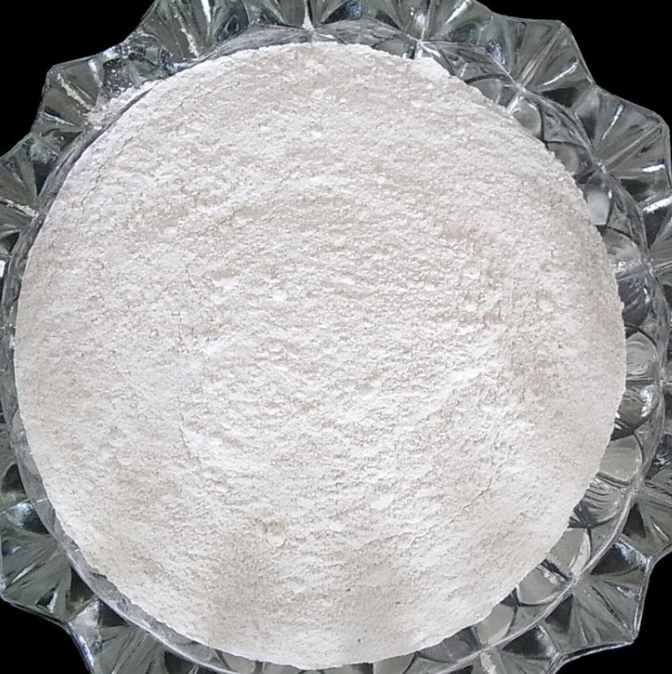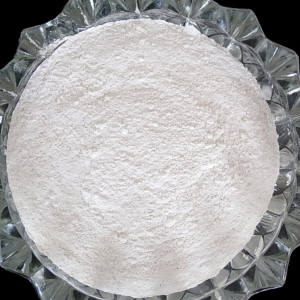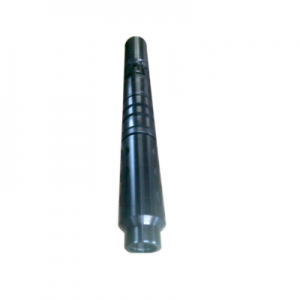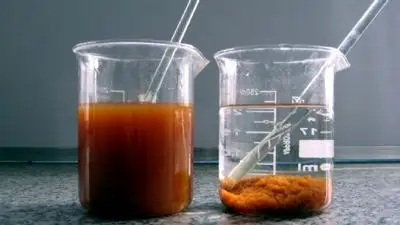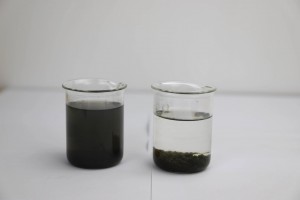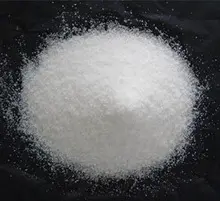Oxidation Catalyst & Liquid phase oxidation catalyst
Oxidation Catalyst & Liquid phase oxidation catalyst
When ethylene and propylene obtained from petroleum hydrocarbon cracking are used as polymerization materials, selective hydrogenation is required to remove trace impurities such as alkyne, diene, carbon monoxide, carbon dioxide and oxygen, without loss of olefin. The catalyst used is generally palladium, platinum or nickel, cobalt, molybdenum, etc., on alumina.Selective hydrogenation catalysts with different properties can be obtained by controlling the amount of active substance, the manufacturing method of support and catalyst. Other such as cracking gasoline refining, nitrobenzene hydrogenation reduction to aniline, hydrogenation catalyst.
Catalyst for deep hydrogenation to saturated compounds. Such as benzene hydrogenation to cyclohexane with nickel alumina catalyst, phenol hydrogenation to cyclohexanol, has dinitrile hydrogenation to hexdiamine with nickel catalyst.
Using silicon carbide or α -alumina as support (with a small amount of barium oxide as cocatalyst). After continuous improvement of catalyst and process conditions, the weight yield of ethylene has exceeded 100%.
A catalyst sprayed on silicon carbide or corundum for the oxidation of o-xylene to phthalic anhydride. A catalyst prepared by spraying the active component of vanadium-molybdenum series oxides on corundum for the oxidation of benzene or butane to maleic anhydride. The improvement of this kind of catalyst is to the development of multi-component, eight component catalysts have appeared. The shape of the carrier is also changed from spherical to circular, semicircle to facilitate heat transfer. The general trend is to pursue high load, high yield and high purity of products.
Such as methanol oxidation into formaldehyde with silver – pumice (or alumina), iron oxide – molybdenum oxide and electrolytic silver catalyst.
In the 1960s, a catalyst containing bismuth-mo-phosphorus compound oxide catalyst was developed. Acrylonitrile could be synthesized in one step by adding propylene, ammonia and air onto the catalyst. In order to improve the selectivity and yield and reduce environmental pollution, various countries are constantly improving the catalyst, and some new catalysts contain up to 15 kinds of elements. Oxygen chlorination catalyst, the 60′s developed copper chloride alumina catalyst, in the fluidized bed reactor through ethylene, hydrogen chloride and air or oxygen can get dichloroethane. Dichloroethane was pyrolyzed to produce vinyl chloride monomer. This method is beneficial for the development of PVC in areas where electricity is expensive and petrochemicals are developed, the manufacturing method of support and catalyst. Other such as cracking gasoline refining, nitrobenzene hydrogenation reduction to aniline, hydrogenation catalyst.
Liquid phase oxidation catalyst
There are mainly:
(1) Ethylene, propylene oxidation acetaldehyde, acetone (Wacker method), with a small amount of palladium chloride copper chloride solution catalyst, through the olefin, air or oxygen, after one or two steps of reaction to get the required oxygen-containing compounds. The disadvantage is serious corrosion of the reaction equipment.
(2) Aromatic side chain oxidation for aryl acid catalyst, such as p-xylene in acetic acid solution with cobalt acetate and a small amount of ammonium bromide heating, air oxidation production terephthalic acid, but serious corrosion of reaction equipment.
Write your message here and send it to us


